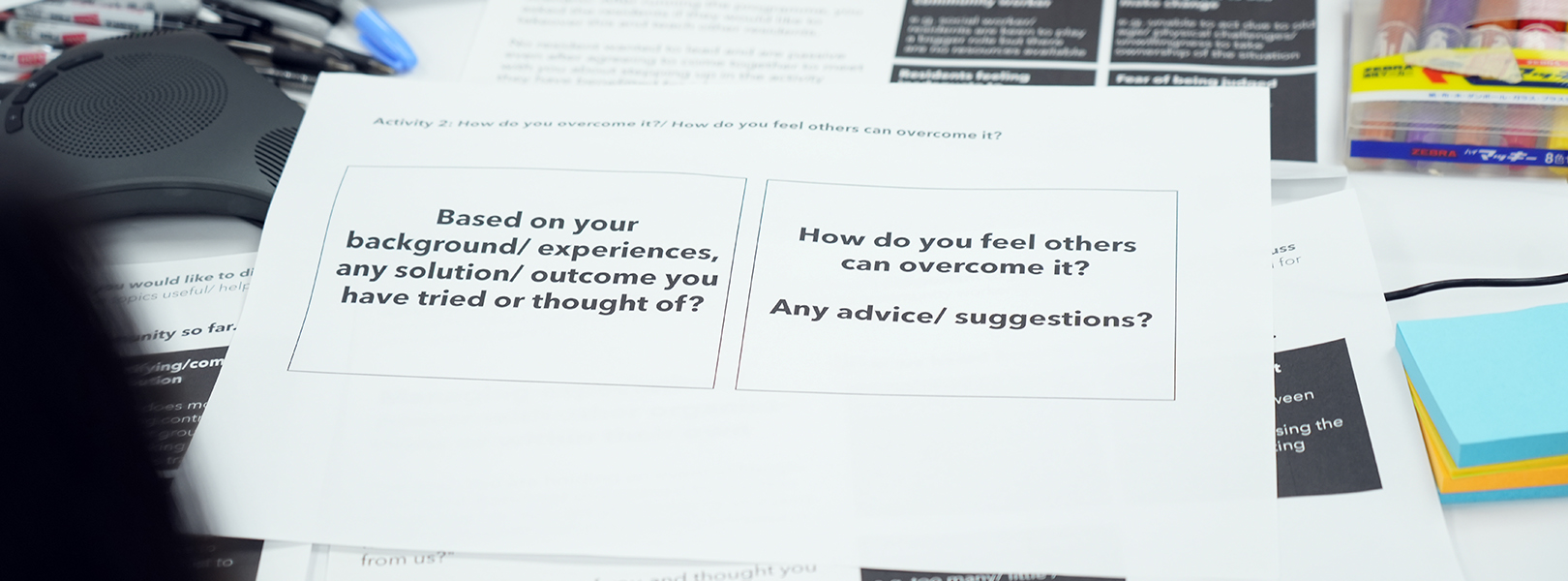What forms the basis of what we do?
We believe in growing a community of community workers, because we are stronger together when we work alongside each other, and with our communities and neighbourhoods to build vibrant communities.
We are excited to share what we have learn about the “How-To’s of community work. As community workers, many of us know the desired states and outcomes we wish to work towards (e.g. community self-organising), but struggle with the process of how to reach there. Our focus is to support on the process design of community work, as we take small steps to reach our outcomes for increased participation and contribution of marginalised groups in their communities.
We base our work on a growing framework on building thriving, vibrant and connected communities. Community development is highly contextual across communities and neighbourhoods. We believe there is beauty in being present with the people you meet and creatively applying the community development principles and values to engage them. Here are some frameworks that have offered us great insights. It is not meant to be exhaustive but a starting point to build learning communities among community workers.
If you work in the community, and you are looking to exchange insights with other community workers in Singapore, we are happy to share and co-create together. We offer experiential training as well as reflective consulting and conduct qualitative inquiries and research to further our practice.


